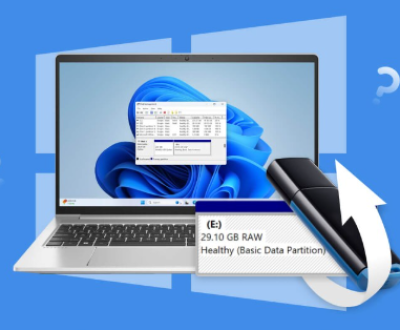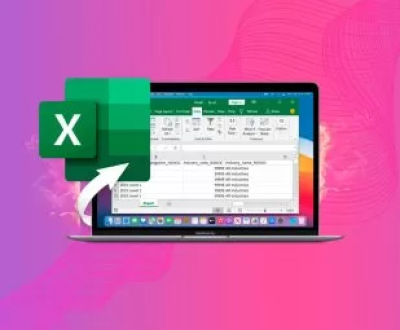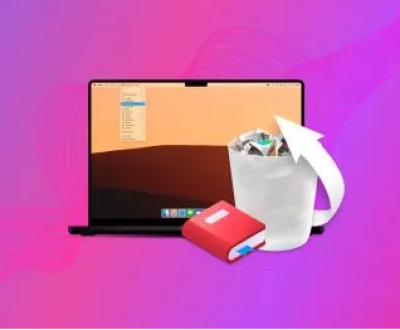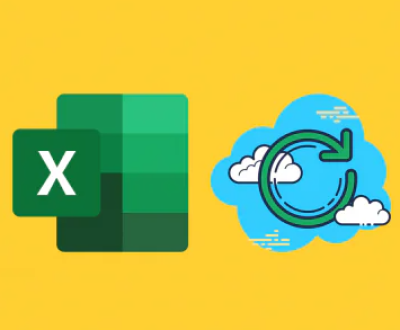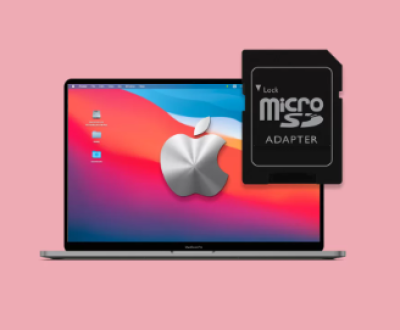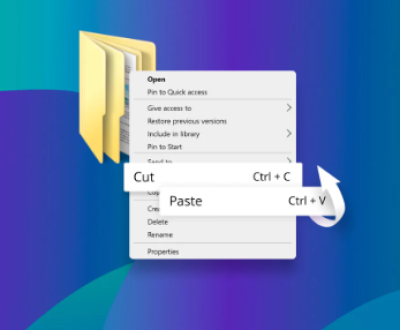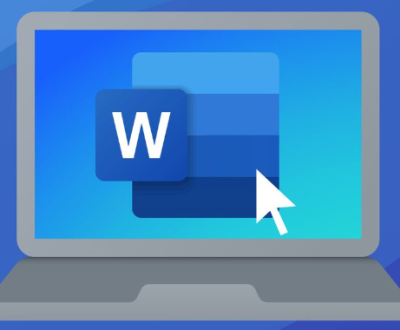Formatting an external hard drive for Mac can be a straightforward process, but it requires careful steps to ensure that your drive is properly configured for macOS.
Why Format an External Hard Drive?
There are several reasons why you might need to format an external hard drive for Mac:
Setting up a new drive: If you’ve bought a new external hard drive, it likely comes pre-formatted for Windows (usually in NTFS or exFAT format). For compatibility with macOS, you’ll need to reformat it.
Changing file system: You might need to format your drive to a different file system, such as converting from NTFS to HFS+ or APFS to make it compatible with macOS.

Cleaning up the drive: If the drive is cluttered with unnecessary data or you just want to start fresh, reformatting clears all the content.
Speeding up performance: Over time, external hard drives can become fragmented or have accumulated unnecessary files. Reformatting can restore them to peak performance.
Things to Consider Before Formatting
Before you begin the process, it’s essential to back up any important data stored on the external hard drive. Formatting the drive will erase all its contents. Once formatted, the data will be lost unless you’ve made a backup.
You should also consider the file system you want to use. Each file system has its strengths and weaknesses, and it’s important to select the one that aligns with your needs. Here are a few common options:
APFS (Apple File System): Recommended for drives used exclusively with macOS, especially with newer macOS versions (High Sierra and later). It offers better performance, security, and storage efficiency.
Mac OS Extended (HFS+): A more traditional macOS file system used in older versions of macOS.
exFAT: Compatible with both macOS and Windows, making it ideal for transferring files between the two operating systems.
FAT32: Older and less efficient than exFAT, but it’s still widely compatible, especially with older devices like cameras and gaming consoles.
Steps to Format an External Hard Drive for Mac
Now, let’s walk through the process of formatting your external hard drive for macOS. Make sure your drive is connected to your Mac via the appropriate cable and that you have no open files or applications that could interfere with the process.
Step 1: Open Disk Utility
The primary tool you’ll use for formatting drives on a Mac is Disk Utility, which is built into macOS.
Launch Disk Utility: Go to Applications > Utilities > Disk Utility, or use Spotlight (press Command + Space) to search for it.
Select Your External Hard Drive: In the left sidebar of Disk Utility, you’ll see a list of available drives. Look for your external hard drive under the External category.
Step 2: Choose the Drive to Format
Once you’ve located your external hard drive in Disk Utility:
Click on the drive’s name (not the volumes listed beneath it). For example, you’ll see something like My Passport or Seagate Backup Plus depending on your drive’s brand.
If you click on a volume (such as Untitled), you may not be able to format the entire drive. To format the entire drive, select the parent drive, not just the partition.
Step 3: Erase the Drive
Now it’s time to erase the drive and format it to your desired file system.
Click the Erase button at the top of the Disk Utility window.
A new window will appear with options for the file system, name, and format. Fill in the following fields:
Name: This will be the name of the drive once formatted. You can name it anything you like (e.g., “My External Drive”).
Format: Select the file system you want for your external hard drive. Here are your options:
APFS: For drives that will only be used with macOS (macOS High Sierra and later).
Mac OS Extended (Journaled): For older Macs or if you’re using macOS versions prior to High Sierra.
exFAT: If you need to use the drive with both Mac and Windows systems.
FAT32: For compatibility with older devices, though it’s limited to files under 4GB.
Scheme: Select GUID Partition Map (recommended for Mac) for modern Macs. If you want the drive to be compatible with both Macs and Windows, choose Master Boot Record (MBR) or Apple Partition Map (APM), but these are less commonly used now.
After you’ve selected the format and scheme, click Erase to begin the formatting process.
Step 4: Wait for the Process to Complete
The formatting process should take only a few minutes, depending on the size of the drive. Disk Utility will erase all data on the drive and reformat it according to the specifications you chose.
Once the process is complete, you’ll see a message indicating that the drive has been successfully erased. Click Done to exit the process.
Step 5: Eject the Drive
After formatting is finished, you can safely eject your external hard drive from macOS.
In the Finder, locate your external hard drive in the sidebar.
Right-click (or Control-click) on the drive and select Eject.
Once the icon disappears from the desktop, you can physically disconnect the drive.
Step 6: Verify the Format
To confirm that the external hard drive was formatted correctly:
Reconnect the drive to your Mac.
Open Disk Utility again and ensure the drive appears under the External section with the correct format listed.
Troubleshooting Common Issues
While the process of formatting is generally straightforward, sometimes things don’t go as planned. Here are some common issues and solutions:
Drive Not Showing Up in Disk Utility: If your external hard drive isn’t appearing in Disk Utility, try reconnecting it, checking the cable, or restarting your Mac. Also, try connecting the drive to a different USB port.
Formatting Error: If you receive an error during the formatting process, it could be due to issues with the drive itself, or there could be software corruption. Try using Disk Utility’s First Aid feature to repair the drive before formatting.
The Drive is Write-Protected: If you see a message that the drive is write-protected, you won’t be able to erase it. This could be a hardware issue or a setting on the drive. Check the drive’s physical switch (if it has one), or use the Terminal to remove write protection.
How to Use Your External Hard Drive After Formatting
After successfully formatting your external hard drive for macOS, you can start using it to store files. Here are some tips:
Backup Files: You can use Time Machine, macOS’s built-in backup software, to automatically back up your files to the external hard drive.
Storage and Media: Store your documents, images, videos, or even applications on the formatted external drive.
Cross-Platform Use: If you formatted the drive in exFAT, you can now use it with both macOS and Windows devices, making it an ideal choice for sharing large files between platforms.
About us and this blog
Panda Assistant is built on the latest data recovery algorithms, ensuring that no file is too damaged, too lost, or too corrupted to be recovered.
Request a free quote
We believe that data recovery shouldn’t be a daunting task. That’s why we’ve designed Panda Assistant to be as easy to use as it is powerful. With a few clicks, you can initiate a scan, preview recoverable files, and restore your data all within a matter of minutes.
Subscribe to our newsletter!
More from our blog
See all postsRecent Posts
- Retrieve files from usb 2025-07-04
- How to retrieve overwritten excel file 2025-07-04
- How to retrieve lost files on sd card 2025-07-04

 Try lt Free
Try lt Free Recovery success rate of up to
Recovery success rate of up to

